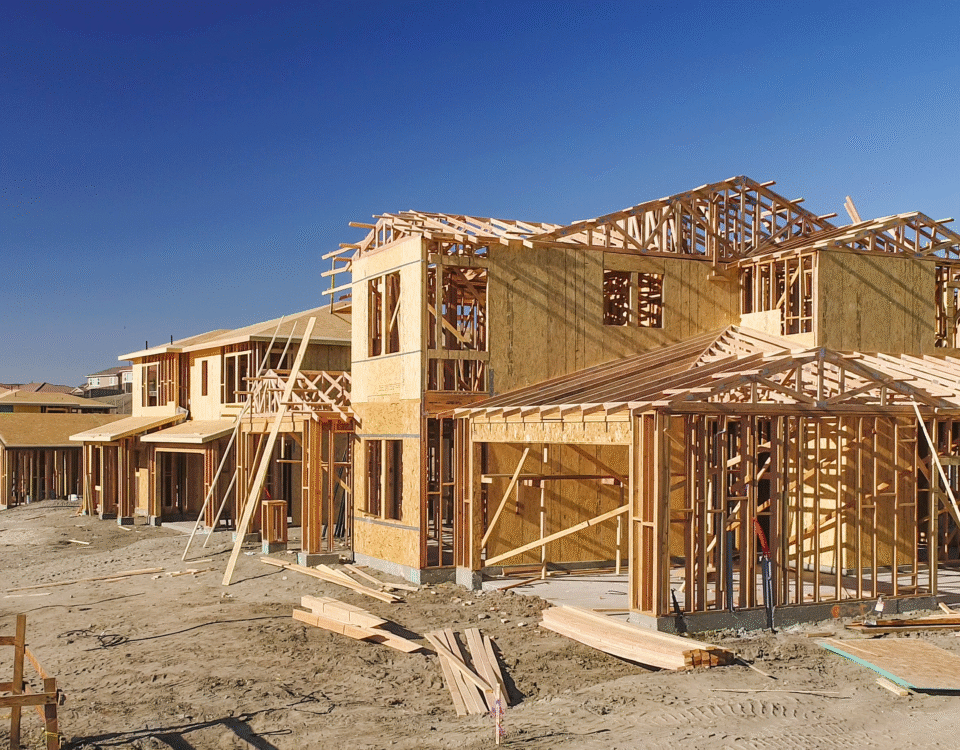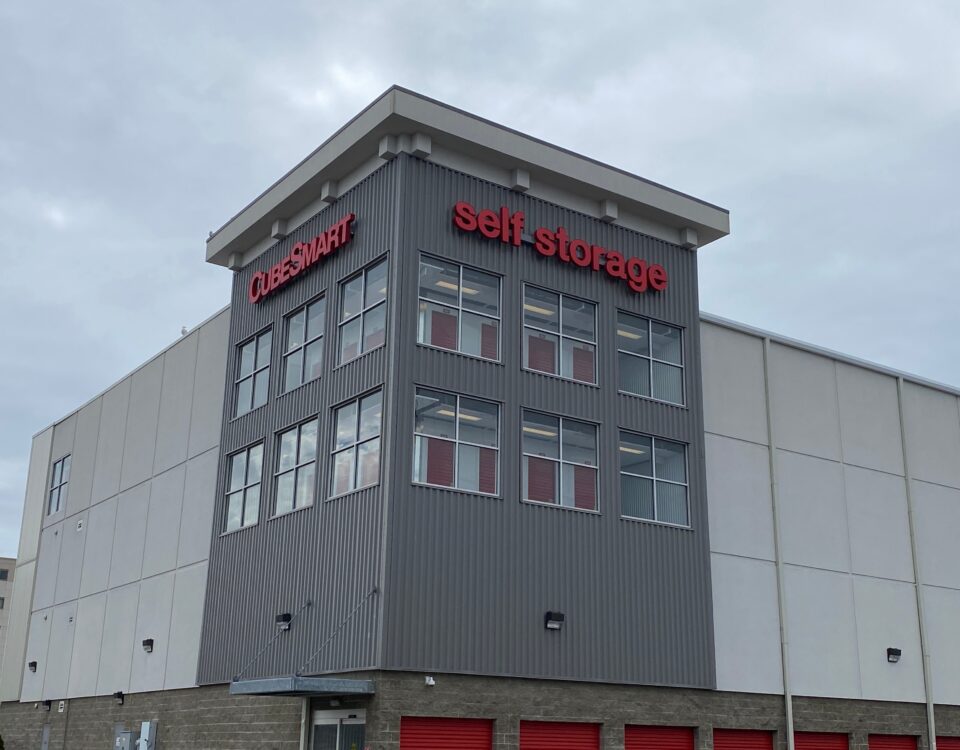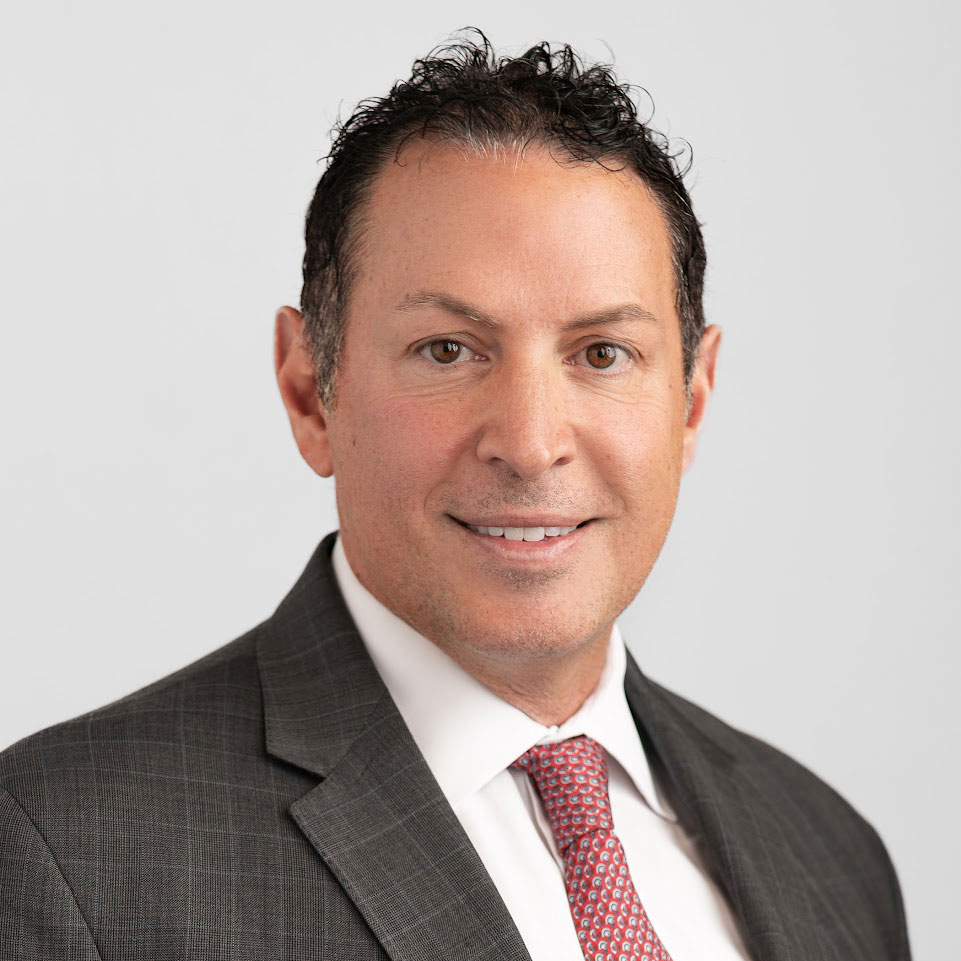
2024: The Year of Stabilizing the Boat for Developers
February 15, 2024
Fairbridge’s Note-on-Note Lending Helps Bridge Lenders Fulfill Loan Requests
April 10, 2024Read an article about rental rates getting a little soft and you may be misled. The same goes for an article about the housing market being overheated. The reason: real estate is locally specific, so while one rental market can be soft, another may be very hot. More than at any other time in recent memory, local dynamics are influencing weaknesses and strengths in valuation.
Certainly, there are times when rental values and rates all around the country have moved in the same direction. One market may have had higher rental growth than another, but they all moved up. Today, we’re at a low point in correlation. Specific dynamics at the local level are causing properties around the country to move in opposite directions.
There are several factors that account for this low correlation. A few fall under supply dynamics, including:
-
Migration dynamics
Values are being driven by where people want to move. Pre-COVID, many empty nesters in areas like the New York suburbs lamented their inability to get what they considered to be a decent price for their home. Then suddenly, years of supply were gone in just months. And then whiplash: due to elevated mortgage rates, anyone who hadn’t sold their home during COVID is staying put. With supply totally dried up, but demand still high near thriving metro areas, younger generations are looking further afield and at renting, driving up rental prices to levels that would have been unheard of just 5 years ago.
-
Buildable land dynamics
Less land, higher rental rates—it’s that simple. If you look at a map of metro New York, there’s not much buildable land available. Conversely, a map of Phoenix shows huge swaths of buildable land. Where buildable land is scarce, values are going up; where land is plentiful, there’s less opportunity for incremental value creation.
-
Local political dynamics
Pro-build can be good, up to a point. Anywhere with a cumbersome permitting process and understaffed building departments, like New York City, has constrained supply, which leads to higher rental rates. This is causing migration out of NYC to areas like northern New Jersey. Given elevated housing prices and mortgage rates, buyers are choosing to “wait it out” by renting, causing buildings to quickly rent out and prices to continue to rise to never-seen-before rates. But there’s a tipping point: if there’s too much permitting, too much building—Las Vegas is a prime example—it can lead to oversupply and downward pressure on rental prices.
What’s more, unlike generations before, there are now factors that go beyond supply.
-
Water rights dynamics
Access to water is becoming an issue in certain parts of the country. Municipalities that supported unfettered building are now finding there’s not enough water for new properties and are looking to limit access. Developers that bought land under the assumption of access to water may find these promises empty, along with the land they’re holding.
-
Climate change dynamics.
With greater storm intensity and frequency, local can be as finetuned as neighborhood by neighborhood. Whereas being close to waterfront or having views traditionally dictated values, in certain localities it’s now the higher the elevation or the lower the probability of a mudslide or wildfire. And while developers’ biggest concerns used to be financing and permitting, now they can add insurability to their list when it comes to assigning potential value.
-
Insurance cost dynamics
Insurance costs have doubled and tripled in many areas around the country leading to a larger increase in the “all-in costs” of owning a home in these jurisdictions versus making property comparisons based on the listing price alone.
When there’s low correlation across markets, as there is today, investors need to be more selective about where they’re investing and who they’re investing with. It requires choosing an experienced investment team with a strong understanding of the macro environment and deep local market knowledge.
At Fairbridge, we don’t try to be all things to all people in all places. We use an institutional, focused approach to asset bridge lending built on decades of market experience. With robust knowledge across 19 states, a high percentage of repeat borrowers, and a rigorous onsite evaluation process, we know each local market and the people in them. To find out more about our approach and our experience, contact our team today!


































